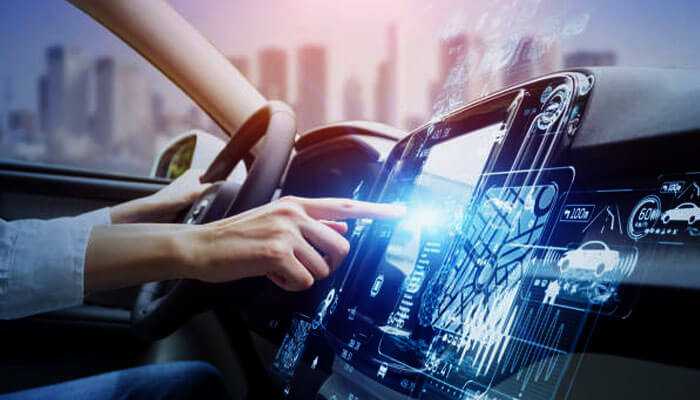Car accidents are a leading cause of injuries worldwide. With countless crashes happening daily, technology is stepping in to boost road safety.
Particularly, AI is changing the game, offering real-time data and automation to cut down on human errors threatening drivers on the road.
Understanding Human Error in Car Accidents
Car accidents often have one main culprit: human error. Studies reveal that a staggering 94% of these mishaps stem from mistakes made by drivers. Whether it’s distracted driving or fatigue, the human factor leads the charge in causing incidents on the road.
Distracted driving tops the list with culprits like texting or fiddling with the radio. Fatigue follows closely, as long-haul driving can dull anyone’s senses. Speeding and poor split-second decisions also throw caution to the wind, resulting in vehicle car accidents.
AI-Powered Solutions for Road Safety
AI is stepping up, offering solutions to curb human errors on the road. Through predictive analytics and real-time decision-making, AI assists drivers in avoiding potential accidents.
Autonomous Emergency Braking (AEB) stands as a prime example of AI innovation. By using sensors, it can automatically brake when a collision seems likely, reacting faster than any human driver ever could.
In bustling cities, where unexpected hazards appear often, AEB’s rapid response is a lifesaver, protecting pedestrians and drivers alike.
Behind the Wheel: AI-Driven Driver Assistance
Advanced Driver Assistance Systems (ADAS) use AI to enhance vehicle safety. From interpreting data via cameras and sensors, they provide critical alerts to drivers.
Lane Departure Warnings and Blind Spot Detection are standout features. These systems offer real-time alerts, helping drivers maintain safe lanes and avoid collisions.
Adaptive Cruise Control takes this further. By automatically adjusting the vehicle’s speed, it ensures a safe following distance, thereby reducing the chance of rear-end accidents.
The Future with AI in Self-Driving Cars
Self-driving cars are the pinnacle of AI’s breakthrough in road safety. Fully autonomous, they manage everything from steering to braking, aiming to eliminate human error altogether.
These cars’ secret weapon is their non-stop data scanning, even better than eagle-eyed drivers. They opt for the best routes and maintain safe distances from everything that moves.
Yet, despite companies like Tesla and Waymo leading the charge, the common sight of them on roads is still a vision for tomorrow.
Predictive Analytics Saves the Day
AI predicts potential road hazards before they even happen. By analyzing a wealth of data, it forecasts accident-prone areas, helping drivers to be extra cautious.
This proactive method reduces accidents by promoting safe driving, thus making intelligence-driven roads.
Real-Time Monitoring and Alerts
AI watches drivers like a hawk in real-time, preventing accidents by detecting fatigue or distraction.
Driver monitoring systems with AI can assess a driver’s condition via eye-tracking and behavior analysis, sending warnings if needed.
Some systems can even take control to avert disaster, particularly benefiting long-haul truck drivers prone to fatigue.
V2X Technology: Communication is Key
AI-powered Vehicle-to-Everything (V2X) communication is a game-changer for road safety. By letting vehicles communicate with each other, infrastructure, and even pedestrians, it amplifies situational awareness.
Through V2V communication, cars share speed and direction data with others around, effectively dodging potential collisions.
Vehicle-to-Infrastructure, or V2I, informs cars about traffic signals, promoting timely actions like slowing down before hitting a red light.
Facing AI Challenges in Road Safety
AI promises safer roads, but challenges like technical reliability and ethical issues must be overcome.
Ensuring data security against cyber threats is crucial to maintain trust in AI systems, particularly in autonomous driving.
AI is reshaping how we view road safety, reducing risks and making driving safer. Yet, careful handling of challenges surrounding this tech is essential to unlock its full potential, leading us to roads where accidents become relics of the past.


